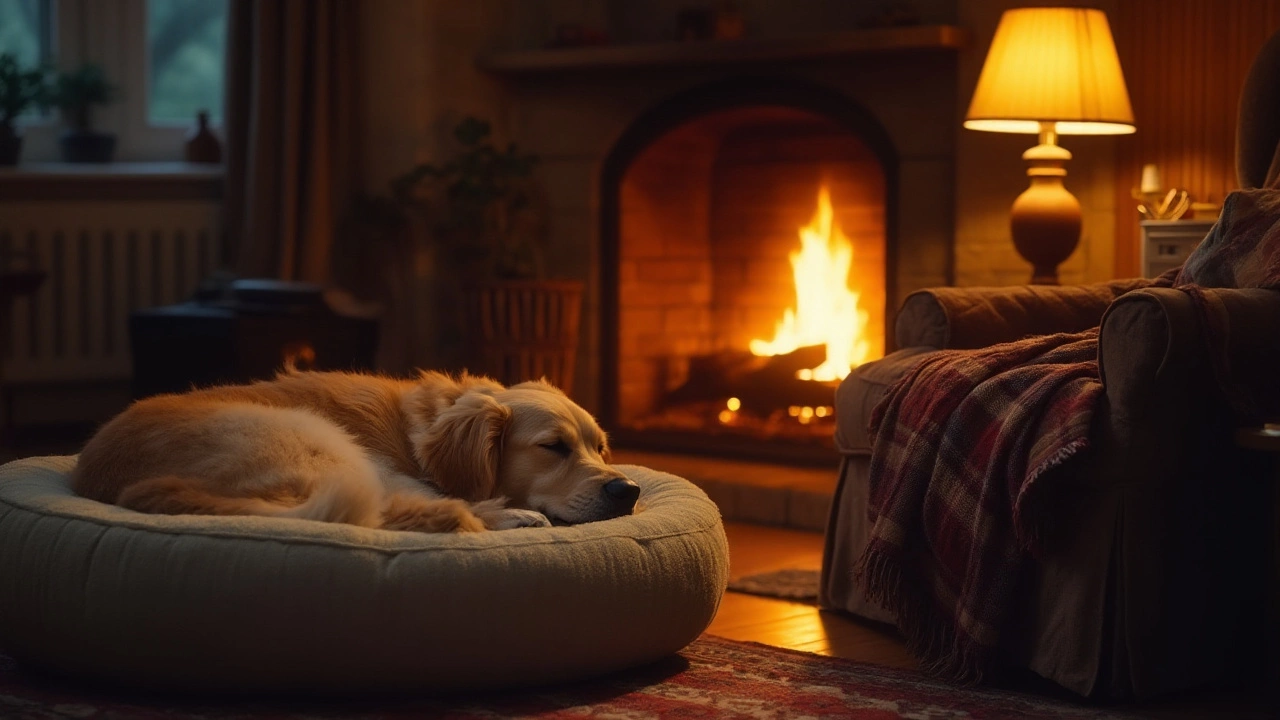Dark Dog Care Tips: How to Keep Your Pet Safe After Sunset
Even when it’s dark outside, you still want your dog to look good and stay safe. A dark collar or harness can blend in with the night, but that doesn’t have to mean you lose visibility. Below are easy ways to make dark gear work for you and keep your walks trouble‑free.
Choose the Right Dark Collar and Harness
First, pick a collar made from a matte black material that won’t attract dirt. Pair it with a reflective strip or a small LED clip that lights up when you move. The reflective part gives you the low‑key look you want but adds a bright flash for drivers and cyclists.
Make sure the collar fits snugly but isn’t too tight. You should be able to slip two fingers between the collar and your dog’s neck. A proper fit prevents choking and keeps the reflective patch from shifting.
For puppies or dogs that pull, a dark harness with a padded chest is a good alternative. Look for a harness that spreads pressure across the chest instead of the neck, which feels more comfortable during long evening walks.
Night‑Time Walking and Safety
When the light fades, keep your leash short enough to control your dog but long enough to let them sniff. Walk on the side of the road away from traffic, and stay on well‑lit paths whenever possible.
If you walk in a park with low lighting, bring a handheld flashlight or attach a small light to your dog’s collar. A steady beam helps you see obstacles and lets others spot your pet from a distance.
Teach your dog a reliable recall command before heading out after dark. Practice the cue in a quiet yard, rewarding your dog with treats and praise each time they come back quickly.
Watch for common night hazards: low branches, puddles that hide slippery rocks, and sudden drops. If you notice a risky area, steer clear or pause until you can navigate safely.
After the walk, give your dog a quick wipe down with a damp cloth. Dark fur shows mud more easily, and a clean coat helps prevent skin irritation before bedtime.
Finally, create a calm environment at home. Dim the lights, keep the temperature comfy, and provide a quiet crate or bed. A relaxed dog is less likely to become anxious when the house goes dark.
By choosing the right gear, using simple lighting tricks and practicing good night‑time habits, you and your dog can enjoy evenings together without worry. Dark doesn’t have to mean dangerous – just a little extra preparation.
- Morgan Ainsworth
- 0 Comments
Do Dogs Prefer Sleeping in the Dark? Discover the Truth
Dogs, much like humans, have different preferences when it comes to sleeping conditions. Some might find a dark environment more comforting, while others can rest just about anywhere. Understanding the benefits of letting your dog sleep in the dark can improve their rest quality. This article explores whether dogs enjoy sleeping in the dark and offers tips to create the best sleeping environment for your furry friend.
View More
